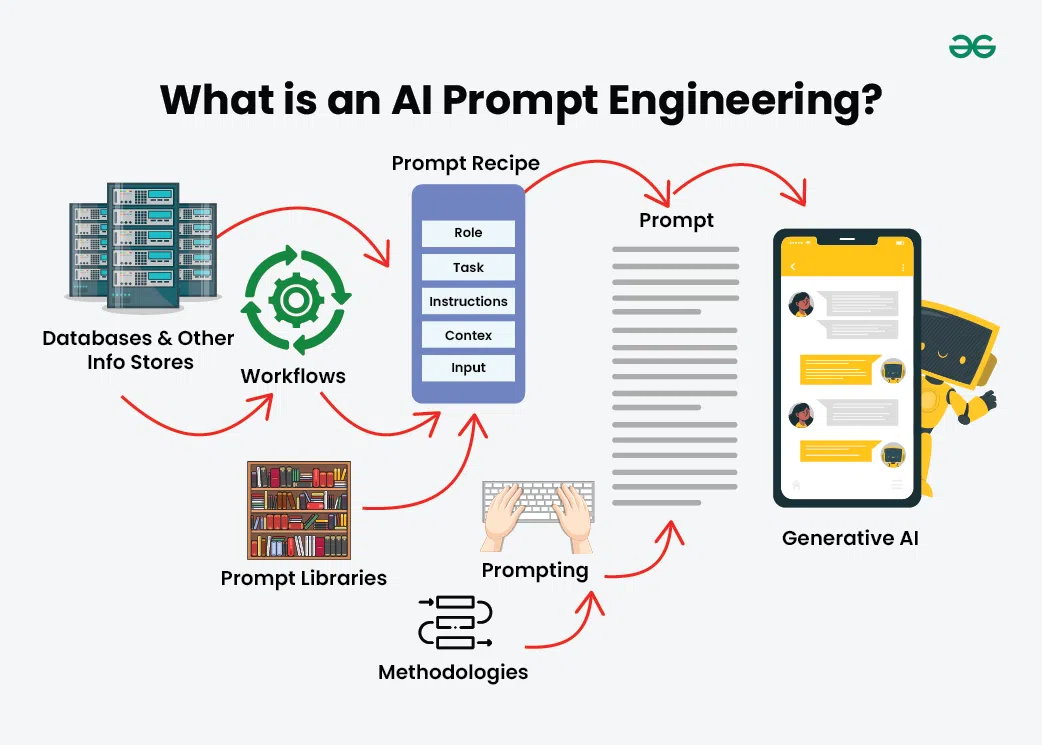How a Free AI Prompt Crafting Tool Revolutionizes Query Optimization for Better Results

Unlock AI Power: How a Free Tool Transforms the Way You Craft Queries
Revolutionizing the Way Users Interact with Language Models
Artificial intelligence has soared into everyday workflows, but for many, achieving precise, reliable results hinges on the clarity and structure of initial instructions. A new browser-based solution is now providing a breakthrough for those striving to articulate guidance for large language models—offering actionable feedback for both novices and veterans in digital strategy, development, and data analysis. This tool delivers a comprehensive ecosystem for shaping instructions, allowing users to enhance their approach and deepen the quality of their interactions with advanced models.
The development of these technologies marks a pivotal moment in the evolution of AI-assisted productivity. As organizations and individuals increasingly depend on automated systems for content creation, customer engagement, and problem-solving, the expertise required to frame interactions has grown more sophisticated. The latest release in this sector represents the convergence of analysis, optimization, and user experience, setting a new standard for how prompts are refined, measured, and understood within the broader context of human-AI collaboration.
Central to its offering is a robust scoring mechanism, which benchmarks the effectiveness of user instructions and highlights both strong elements and areas in which clarity or detail could be strengthened. This direct comparison of constituent parts shines a spotlight on the ongoing process of iteration—a critical phase in maximizing output from generative technologies. The platform’s analytical depth supports targeted learning, fostering a better understanding of cause and effect within neural-driven computation and offering tangible next steps without unnecessary complication.
Inside the Engine: Key Terminology and Strategic Features
In the context of advanced query crafting, several industry-specific terms emerge as crucial. Metrics such as intent clarity, specificity, and parameter alignment play an influential role in producing highly relevant and less ambiguous responses. The tool’s granular analysis, which includes in-depth metric feedback, enables users to visualize the effectiveness of each submission and adapt accordingly. For those driving business objectives—whether in marketing, user experience design, software engineering, or analytics—this feedback loop is invaluable for reducing waste and accelerating the path to actionable insights.
Real-world application extends far beyond simple question answering; experts in knowledge discovery, workflow automation, and digital content development now lean on these platforms to bridge the gap between creative direction and machine interpretation. The absence of installation barriers makes the tool readily accessible across various project types, ensuring seamless integration into both individual and collaborative environments. With every instruction submitted, users begin to build a repository of their own strategies, monitored over time to track progress and highlight learning curves in how complex queries are constructed and interpreted by algorithms.
This evolution traces its roots to earlier, more manual experimentation, when trial and error dominated the field of AI prompt design. The emergence of automatic optimization and intelligent structure recommendations brought about a new era, where continuous improvement could be managed not just by experience but also by robust, data-driven suggestion systems. The widespread adoption of such innovations has quietly but definitively raised performance expectations throughout the digital landscape, reshaping how anyone—from technical leads to creative professionals—can harness the underlying power of large neural architectures.
The Growing Significance of Accessible Optimization
With the barriers to advanced AI becoming increasingly lower, tools offering immediate and actionable feedback are fundamentally changing the skill set required to succeed in augmented workspaces. Rather than demanding expert-level engineering knowledge, these solutions bring sophisticated prompt analysis and optimization to a broader audience. Empowered by direct evaluation and guided improvements, users can shorten the learning curve and obtain meaningful, context-relevant results with remarkable consistency and ease.
The rise of universal assistants focused on prompt creation reflects a growing recognition of the diversity in user needs—spanning functions from content strategy and data science to user interface research and product management. The ability to connect intent, structure, and accuracy in one unified environment not only simplifies the creation process but also fundamentally enhances trust and confidence in the outputs generated by AI. Transparent explanations about the system’s response logic further drive user understanding, fostering both transparency and upskilling.
This is more than just a technical leap; it represents a key inflection point where the alignment of technical sophistication and usability unlocks new possibilities for teams and individuals alike. As digital transformation accelerates across industries, accessible, data-driven instruction crafting platforms will continue to play an essential role in enabling more productive, impactful, and reliable interactions with automated reasoning engines.
